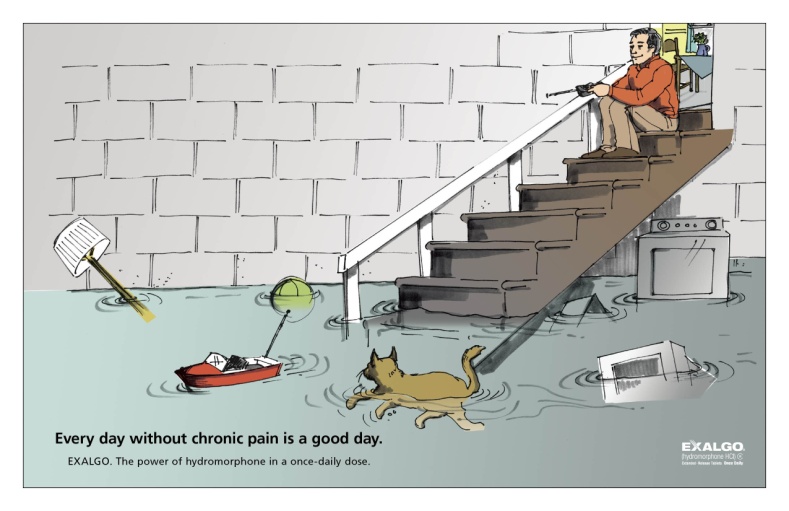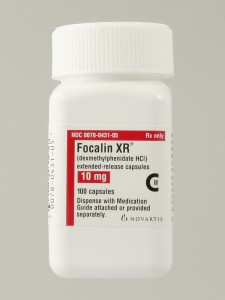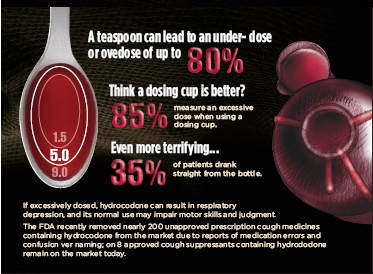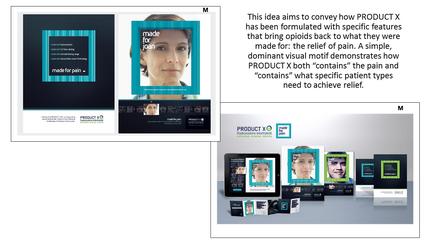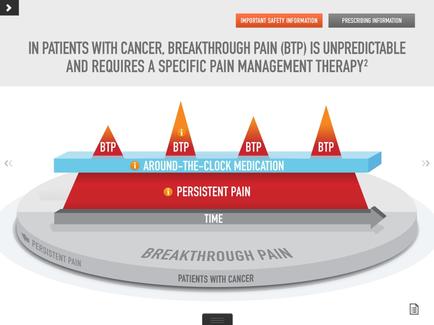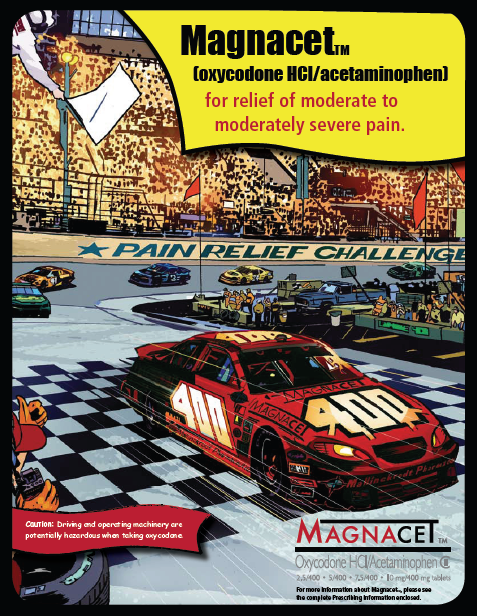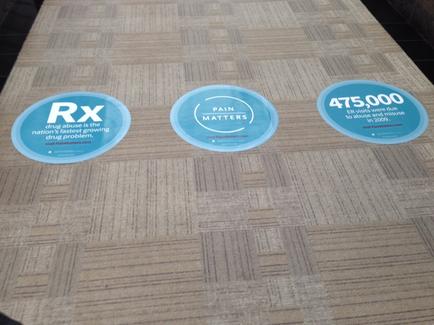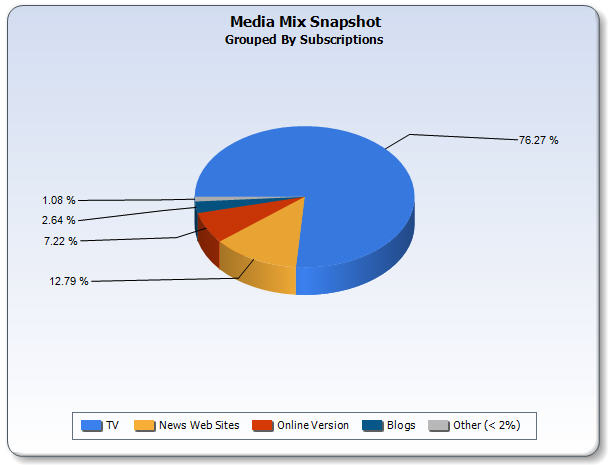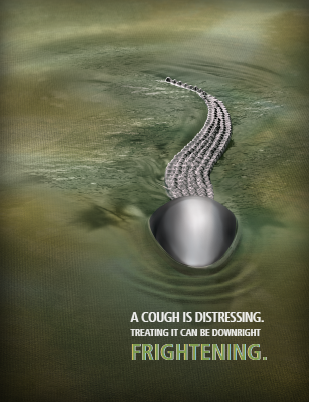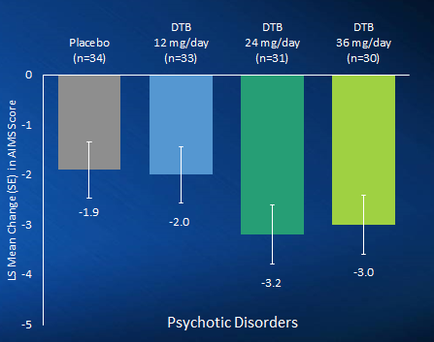
Title
Psychotic disorders : effect of daily administration of DTB on mean AIMS score
Description
A bar chart showing the effect of 4 drugs (on the x-axis) on LS mean change (SE) in AIMS score (on the y-axis). The drugs are Placebo DTB (12 mg/day) DTB (24 mg/day) and DTB (36 mg/day). All 4 drugs cause the AIMS score to decline by at least 1.9 on average but DTB (24 mg/day) had the most pronounced effect (-3.2).
Category
-
Date
2017
Collection
We encourage you to view the image in the context of its source document(s) and cite the source(s) when using these images. However, to cite just this image alone, click the “Cite This Image” button and then paste the copied text.
